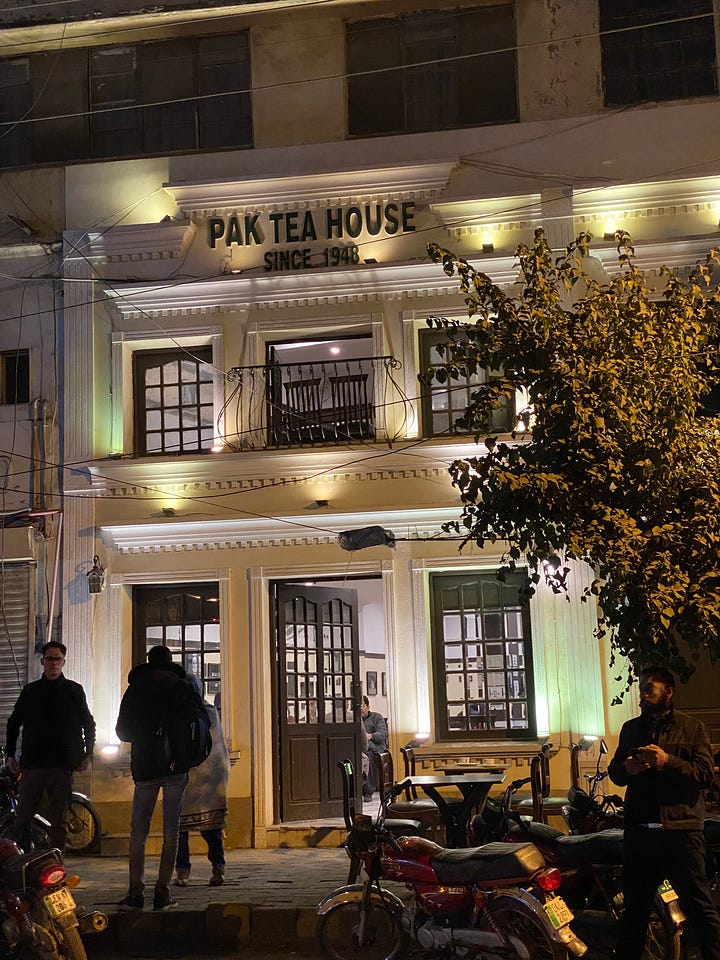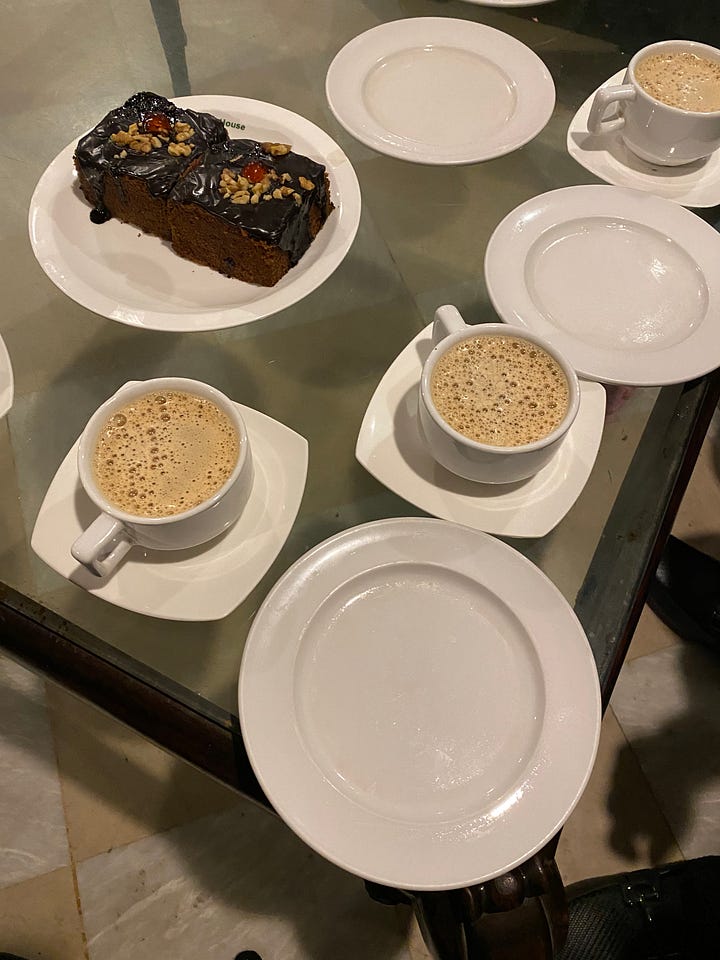Yeah late night drives and fast food runs with a friend is cool, but what about a nostalgic spot where you and your inner circle can make it out of the group chat?
Growing up, I would watch TV shows like Arthur and dream of weekly hangouts with my friends at places like the Sugar Bowl and the Tree House. I was raised in a relatively dense suburban area that greatly lacked the small town feel Arthur and his friends experienced. The Internet was still a thing when I was a kid although it was just an infant compared to what it is now. It was a time when people were more obsessed with their TVs and gaming consoles instead of their phones and computers. There was no YouTube and it was a huge pain to make your own website or blog online. The only major social media platforms in existence were AOL messenger and MySpace.
Before online shopping, shopping malls would bustle with crowds of people. There were stores for teenagers like Justice and Claire’s. I would pine over Justice catalogues and wish I was allowed to dressed like an “it girl” back in the fifth grade. More than two decades later, local shopping centers turned into ghost towns and every style of clothing you can think of is available on sites like Amazon and Shein. It took so long to realize that shopping malls weren’t just places to buy clothes; they were places to lounge around with friends, ride carousels, splurge your monthly allowance at the food court, and slip into Barnes & Noble for quiet time to escape into fantasy novels.
As technology has continued to evolve, the availability of third spaces has declined and the cost to spend quality time with friends has risen. When inflation rises disproportionately to people’s salaries, a lot of us are forced to focus on bills and necessities over cultivating relationships and participating in self-care.
What is a third space?
I think Wikipedia says it best:
In sociology, the third place refers to the social surroundings that are separate from the two usual social environments of home ("first place") and the workplace ("second place").
If you’re lucky enough to only need one job as your primary source of income, you’re still working at least 40 hours a week. Less disposable income and more free resources online means you’re spending more time behind your computer, hoping to find company on websites such as Substack.
Even if money isn’t a huge concern, it makes a considerable difference being raised in an individualistic society over a collectivistic one. I make it a point to explore new coffee shops and places and have been exploring on my own for at least the past 4-5 years out of college. Coffee shops as seen on TV are places to meet a new romance or gather with acquaintances - such as Central Perk in Friends. However, in real life, there is a stark difference. For all the coffee shops I’ve explored in the past decade, I’ve only had random conversations with strangers that lasted for hours on a couple of occasions. In the US, it’s not considered good manners to bother someone at a coffee shop, especially if they have headphones in or are reading a book. Despite coffee shops being known as popular third spaces, there’s very little community building actually happening at them unless you’re meeting people that you know.
It’s unfortunate that third spaces are in a decline. With most of us glued to our screens and with the privatization of public spaces, there’s very little opportunity for friendships to blossom outside of school or work. Many libraries and public community centers are underfunded and closing. A lot of parks are still free, although there are some bigger parks across the country that charge fees for parking (ex: Great Falls in the DMV). However, I still wanted to offer a non-exhaustive list of third spaces in the modern century for anyone craving connection with others:
co-working spaces
breweries
recreational/fitness classes
board game cafes
open mic nights
sports clubs
gyms
coffee shops
libraries/bookstores
farmers markets
holiday markets and festivals
parks and gardens
Outside of America, it seems that other countries with more collectivistic cultures have significantly more options for young and old people alike to form communities. In the Indian subcontinent, which is where my parents are from, there are a few unique locations:
tea stands: where they serve freshly made chai and lip-smacking street food
paan shops: a common spot for men to gather and chew tobacco
places of worship: masjids, gurdwaras, mandirs
Even the small shops in India and Pakistan have open layouts where you can see their contents from the outside before you walk in. They are often aligned with several other shops on the same road, so there’s a higher chance you’ll bump into some familiar faces when running errands.


I visited Pak Tea House, an example of a renowned third space, during my trip to Pakistan in 2021. It was founded in 1940 before the Partition of Pakistan and India and has been operating for more than half a century! This historic café is a gathering place for intellectuals and progressive academics in Lahore1. It’s been a hub for artistic and literary talent for decades - attracting the likes of Faiz Ahmed Faiz and Ustad Amanat Ali Khan. I was there on a weekday night and saw a group of college students eating their sandwiches and fries while exchanging poetry. The café wasn’t Instagram-worthy, but you could tell it was a place loved by many for generations. The menu items were reasonably priced and I was shocked to drink a latte much better than I would order back in the United States!
Besides individualism, it feels more difficult to “belong” to communities in America and other Western countries because of divides along racial, ethnic, and sociopolitical lines. You might find a lower income individual in a library while someone with significant earnings can be spotted at exclusive seminars. You may experience micro-aggressions being the only woman of color in a pilates studio in a HCOL2 city. There is always a certain level of anxiety meeting people for the first time in a public space, but similar to making yourself public on the Internet, the experience could be more or less favorable. What makes a third space so special is feeling accepted and safe in one.
While online communities can be enriching and are easily accessed through the home, we desperately need spaces in the outside world for us to meet new minds and learn viewpoints about the world that challenge the way we think. On the Internet, we lack the nuances of body language and tone. I love spending time on Substack, but it can’t replace studying in my former campus’s coffee shop on weekday nights and having my friends join in. To spend your entire youth on mobile devices and laptops is theft of your most precious years. Third spaces are the balance we’re craving when we’re overwhelmed by responsibilities at home and stressed by tasks at work. Third spaces are home away from home because solace is found in places of comfort and familiarity.
Thank you for reading! My newsletter is currently free - if you would like you support me, you can buy me a coffee. ☕️🤍
a major city in Pakistan
abbreviation for “high cost of living”








THE SUGAR BOWL!!! Its the only place i wanted to go as a kid!!
This was the perfect thing to read and think about today. It’s so hard to find third spaces, especially post covid. I hope as a society/generation we can bring more of this back in the states. I miss the feeling of community & camaraderie now that I wfh and live in a new city